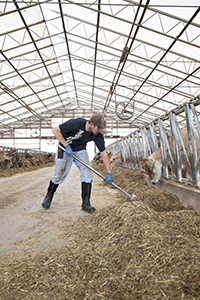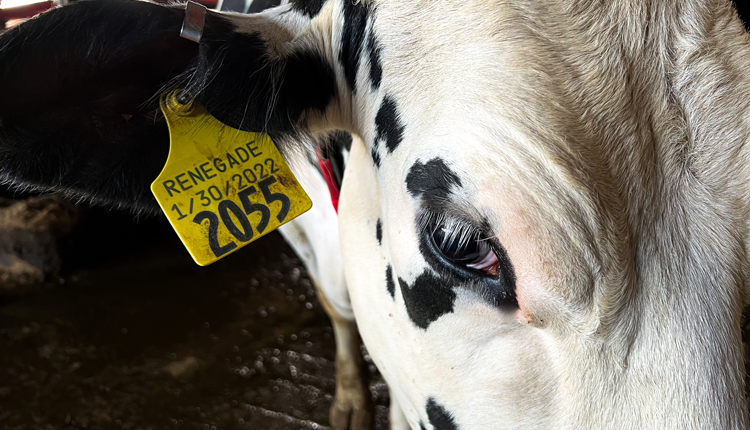 "Turnover is the single factor with the biggest impact on dairy labor productivity," noted Melissa O'Rourke at the Tri-State Dairy Nutrition Conference. The costs of turnover can be staggering, and research shows that such losses not only impact productivity, but carryover into recruitment, selection and hiring, safety issues, and investment in new employee orientation and training.
"Turnover is the single factor with the biggest impact on dairy labor productivity," noted Melissa O'Rourke at the Tri-State Dairy Nutrition Conference. The costs of turnover can be staggering, and research shows that such losses not only impact productivity, but carryover into recruitment, selection and hiring, safety issues, and investment in new employee orientation and training. "Some labor experts estimate the cost of turnover at 150 to 250 percent of an employee's annual wages," continued O'Rourke, with Iowa State University Extension.
Employees tend to make decisions early on regarding whether they will make a long-term commitment to an employer. Research has shown that as many as 5 percent of workers make the decision to stay on the first day, and another 20 percent make this decision within the first week of employment. Within the first six months on the job, 90 percent of employees will make their decision to stay or go.
"At the earliest stages of employment, the employer needs to take early action that persuades a new employee to make a long-term commitment to the organization. A thorough, employee-focused orientation is one way to do that," added O'Rourke.
While it's impossible to control all factors during the early days of employment, research shows that a significant reduction in employee turnover can be achieved through effective employee orientation programs. In a 2013 study, new employees underwent one of two orientation styles. Group A had a "me" focused orientation, while Group B underwent a company-focused orientation.
At the end of seven months, Group B's turnover rate was 47.2 percent higher than that of Group A.
Dairymen expend significant effort and resources to carefully recruit candidates, interview, and select a new employee. However, these efforts can quickly dissipate if no effort is made to get the new employee off to a good start through a carefully planned training program.
Once a start date has been determined, communicate answers to fundamental questions such as what forms to bring, appropriate attire, parking and so forth. Doing so reduces a new employee's apprehension.
Orientation results in an employee who develops and maintains a positive attitude toward the employer. When developing your orientation program, ask current employees for input and what they wish they had been told when they first started working at your dairy.

The author, Amanda Smith, was an associate editor and is an animal science graduate of Cornell University. Smith covers feeding, milk quality and heads up the World Dairy Expo Supplement. She grew up on a Medina, N.Y., dairy, and interned at a 1,700-cow western New York dairy, a large New York calf and heifer farm, and studied in New Zealand for one semester.











